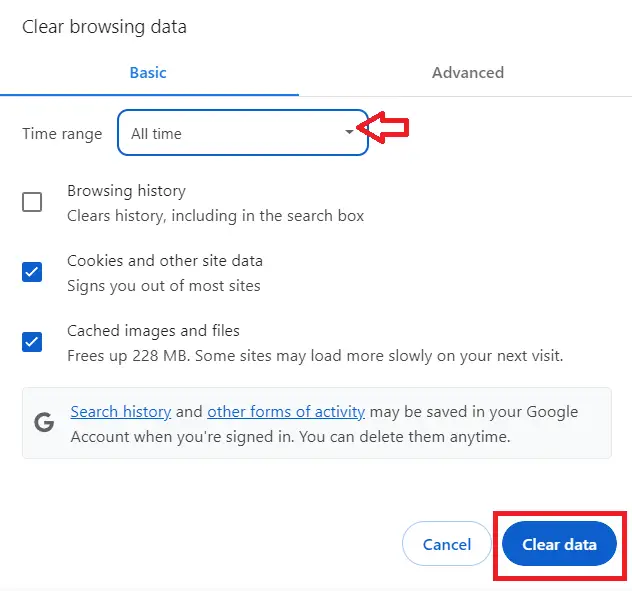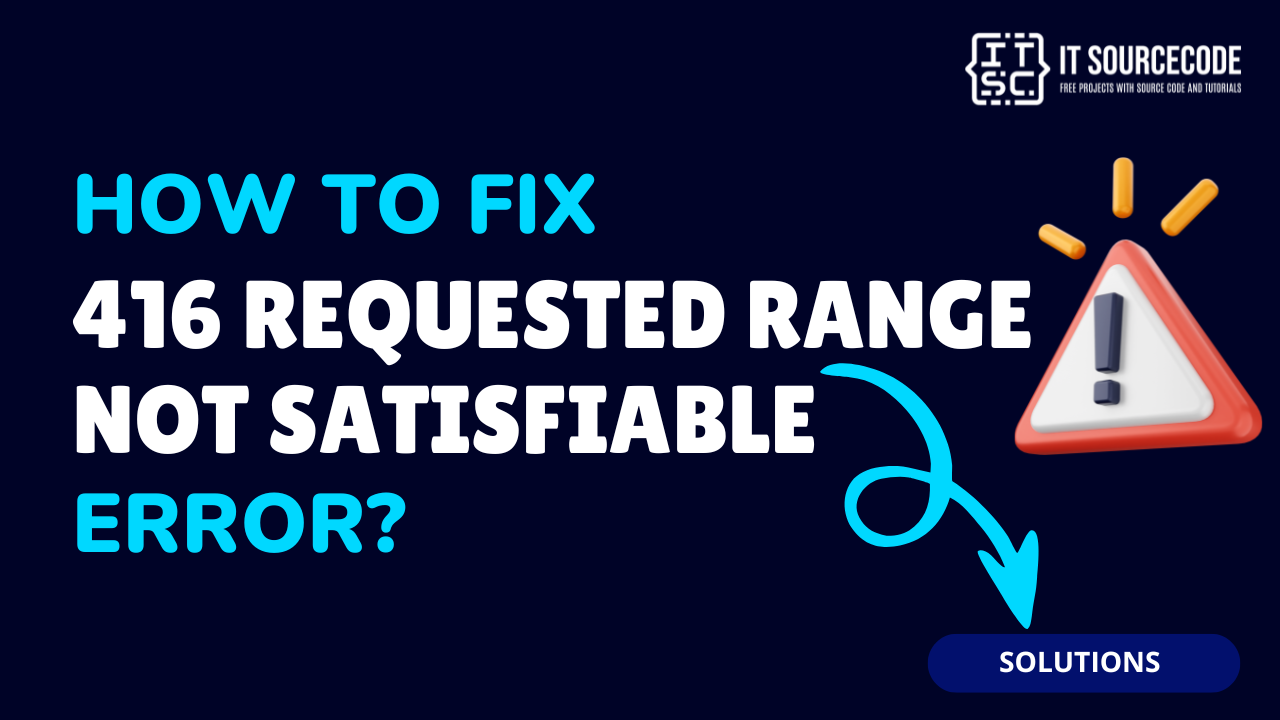Encountering 416 Requested Range Not Satisfiable error messages while attempting to access a website can be quite vexing.
This typically indicates that the request you’ve made cannot be satisfied, which could stem from a variety of causes.
In this article, I’m going to show how you can rectify this error. Read on!
What is the “416 Requested Range Not Satisfiable” Error?
The HTTP 416 status code, also referred to as “Requested Range Not Satisfiable”, signifies that the server is unable to satisfy your request.
It typically means that you’ve asked for a part of a resource that the server can’t provide.
This status code often appears when the server lacks the specific resource you’re seeking.
For instance, if you attempt to visit a non-existent page, you might encounter a 416 error.
What are the root Causes of “416 Requested Range Not Satisfiable” Error
Here are some potential reasons why this error might occur:
- The server doesn’t have the specific resource you’re asking for.
- The server could be temporarily down or unavailable.
- The document or page doesn’t contain the indicated request ranges.
- The value of the range header (the part that the server should return) doesn’t make sense.
- The server is configured to only serve certain types of resources.
- You’ve made too many requests in a short period.
How to fix the “HTTP 416 Requested Range Not Satisfiable” Error?
To resolve the “416 Requested Range Not Satisfiable” error, you could try the following solutions:
Solution 1: Clear your browser cache and cookies and try revisiting the page resulting in the error
If the error is caused by corrupted or expired cookies or cache, clearing them could help.
When you clear them, you get new info from the website’s server.
If you use Google Chrome, here’s how to clear its cache:
- Click the three dots in the top-right corner of your window. You can also use the keyboard shortcut (Ctrl + H).
- Go to History History.
- Click on Clear Browsing Data.

- A new window will appear. Choose the Time range, if you wish to erase all data, select All Time.

- Select what you’d like to clear- this could be browsing history, cookies, and other site data, or cached images and files.
- Then, hit the Clear Data button.
Solution 2: Check your Error logs
An additional measure to resolve the HTTP 416 error involves examining the error log.
Locating it can assist you in pinpointing the page that led to the status code.
This information can then be used to advance your troubleshooting efforts.
Solution 3: Use an Application Performance Monitoring (APM) tool
Apart from the two solutions given above, you can also use an APM tool to rectify this error.
APM tools can assist you in identifying and rectifying the HTTP 416 error.
By monitoring your website and applications’ performance, these tools provide a more profound comprehension and awareness of problems as they occur.
Solution 4: Disable range requesting from your .htaccess file.
If the HTTP 416 Requested Range Not Satisfiable error persists at this stage, turning off range requesting might be most effective.
This action will inform browsers that they cannot use the Range request header to ask for byte ranges from files.
To turn off range requesting, you can insert the given code at the beginning of your .htaccess file:
Header set Accept-Ranges none Request
Header unset RangeConclusion
In conclusion, I’ve already given the root causes of the 416 Requested Range Not Satisfiable, which signifies that the server is unable to satisfy your request.
Also, various solutions have been provided so that it won’t be hard for you to rectify it alone.
By following the provided solutions above, you can rest assured that you will be able to resolve this issue.
For further learning, you can also check the following HTTP status code:


